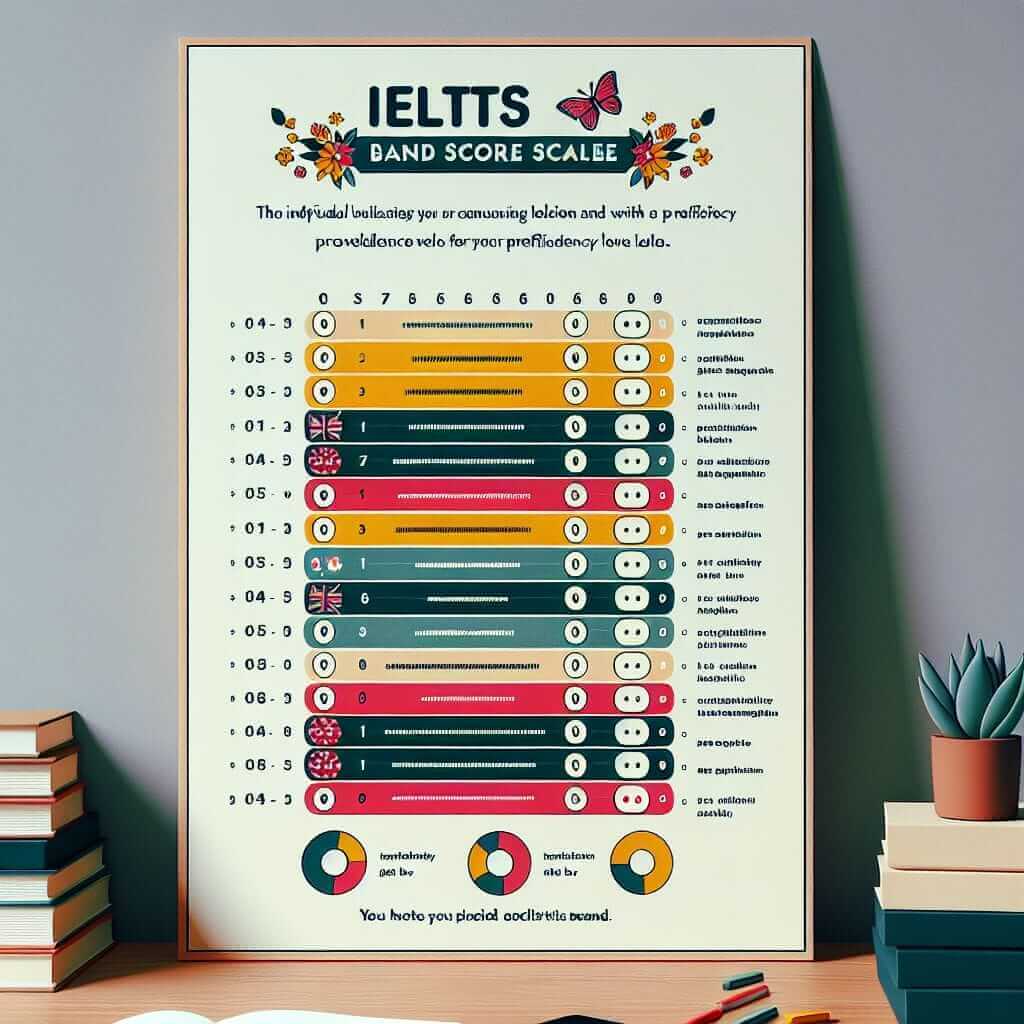For aspiring IELTS test-takers, understanding the scoring system is as crucial as mastering the English language itself. It’s like understanding the rules of a game before you step onto the field. This article will delve into the intricacies of how the IELTS Reading test is marked, equipping you with the knowledge to strategize your preparation and maximize your score.
Deciphering the IELTS Reading Score
The IELTS Reading test, lasting for 60 minutes, evaluates your ability to comprehend written English across a range of academic and general interest topics. You’ll encounter three passages of increasing difficulty, each followed by 13-14 questions. But here’s the catch – there’s no negative marking!
Your raw score, the number of correct answers, directly translates to a band score on a scale of 0-9. This band score reflects your proficiency level, with 9 being the highest.

What Determines Your Band Score?
Contrary to popular belief, there is no pre-set answer key that dictates a specific band score for a certain number of correct answers. Instead, your band score is determined by applying a band score descriptor to your performance. These descriptors outline the skills and strategies typical of test-takers within that band.
For instance, a Band 7 reader can:
- Understand complex arguments and identify the writer’s purpose.
- Locate and understand detailed information.
- Follow the development of an argument.
Knowing these descriptors can be incredibly beneficial during your preparation. You can focus on honing the specific skills outlined for your target band.
Common Question Types and Marking Criteria
The IELTS Reading test features a variety of question types designed to assess different reading skills. Let’s explore some common ones:
1. Multiple Choice Questions:
These require you to select the correct answer from a set of options. The marking criteria involve identifying your ability to:
- Comprehend the overall meaning of the text.
- Identify specific information.
- Distinguish between similar ideas.
2. True/False/Not Given Questions:
These questions assess your ability to identify if the information presented in the passage aligns with the statement. Here’s where many test-takers stumble. Remember:
- True: The statement accurately reflects the information in the passage.
- False: The statement contradicts the information in the passage.
- Not Given: The information is not mentioned or cannot be inferred from the passage.
The marking criteria involve assessing your ability to:
- Scan for specific information.
- Understand paraphrasing and synonyms.
- Differentiate between implied and explicitly stated information.
3. Matching Headings Questions:
This question type tests your ability to understand the main idea of each paragraph or section. You’ll be provided with a list of headings, and you need to match them to the corresponding parts of the passage. The marking criteria involve your ability to:
- Identify the main idea.
- Understand the structure and organization of the text.
- Paraphrase and summarize information.
Tips for Success on the IELTS Reading Test
Here are some valuable tips to boost your performance:
-
Practice Time Management: Time is of the essence in the IELTS Reading test. Practice reading passages under timed conditions to improve your speed and efficiency.
-
Develop Skimming and Scanning Skills: Skimming helps you get a general understanding of the text quickly, while scanning allows you to locate specific information effectively.
-
Enhance Your Vocabulary: A strong vocabulary is crucial for understanding complex texts and answering vocabulary-based questions. Make a habit of learning new words regularly.
-
Familiarize Yourself with Different Question Types: Understand the different question formats and the skills they assess. This will enable you to approach each question strategically.
-
Practice with Past Papers: Solve past IELTS Reading papers to understand the exam pattern, difficulty level, and time constraints. Analyze your mistakes to identify areas for improvement.
Conclusion
Understanding how the IELTS Reading test is scored is as crucial as the preparation itself. By comprehending the marking criteria, familiarizing yourself with different question types, and implementing effective test-taking strategies, you can approach the exam with confidence. Remember, consistent practice and a strategic approach are key to achieving your desired band score. Good luck!